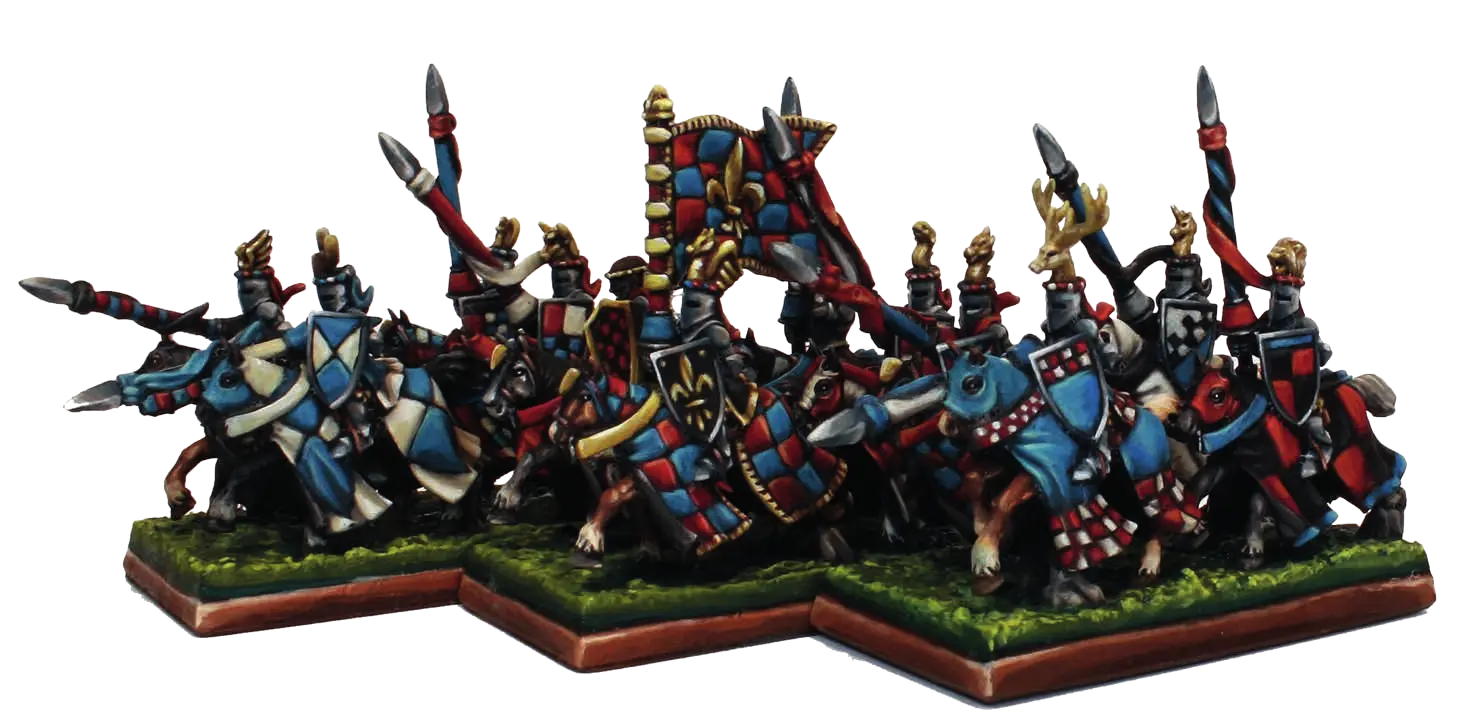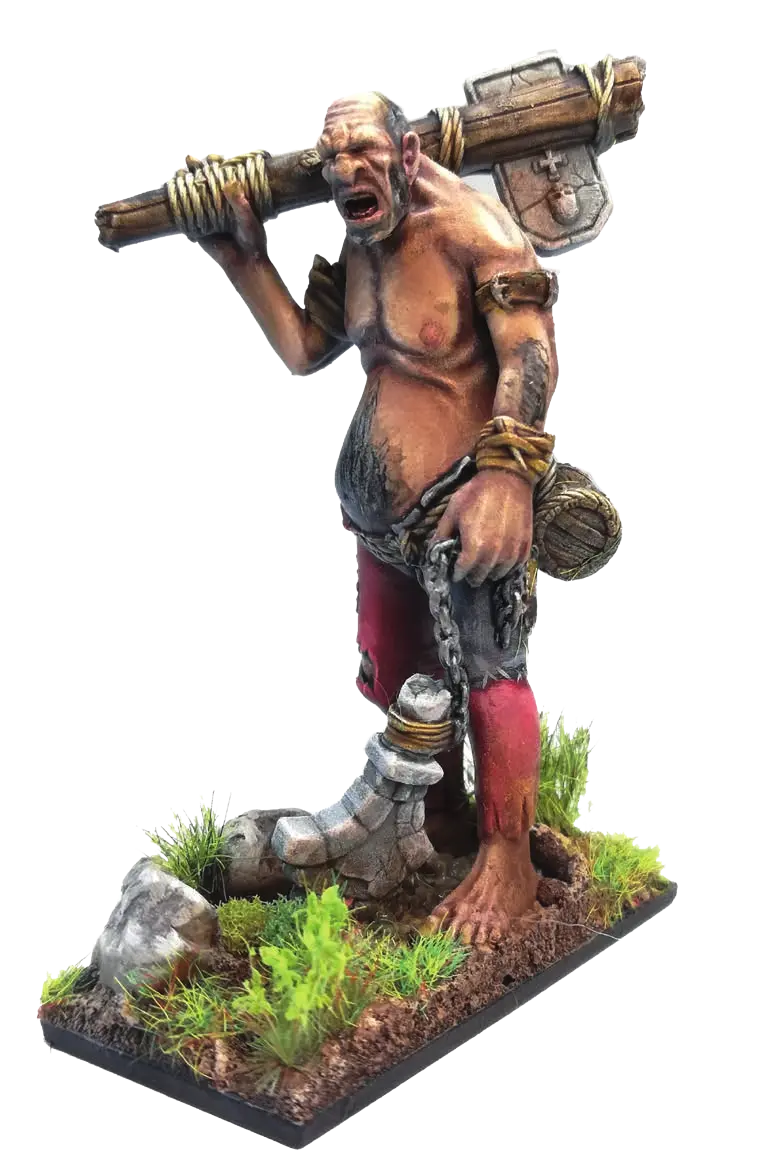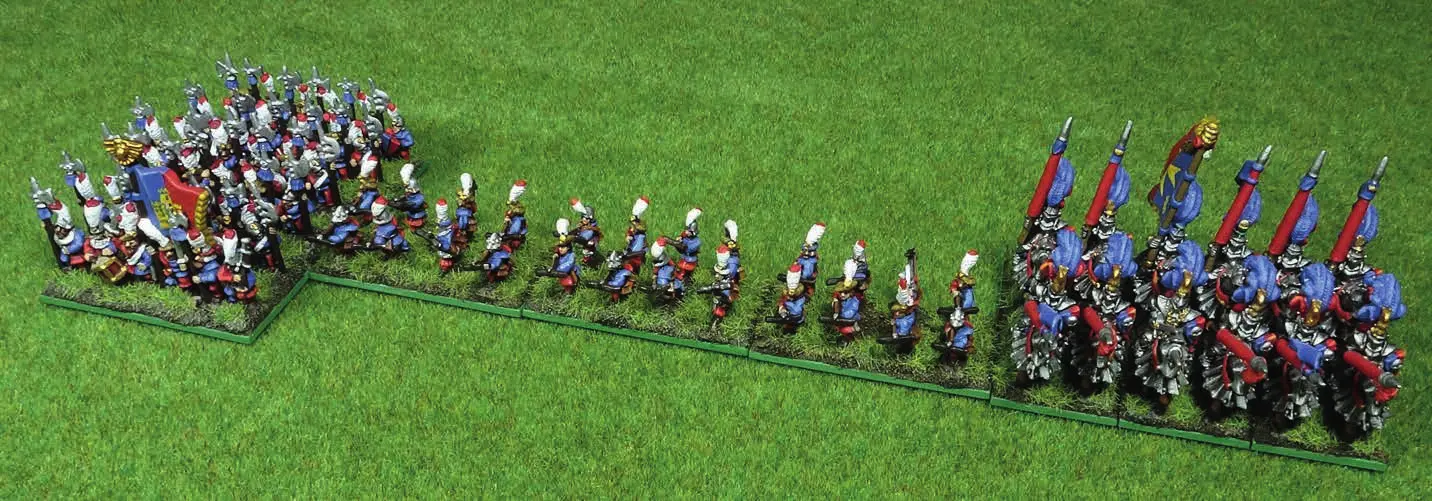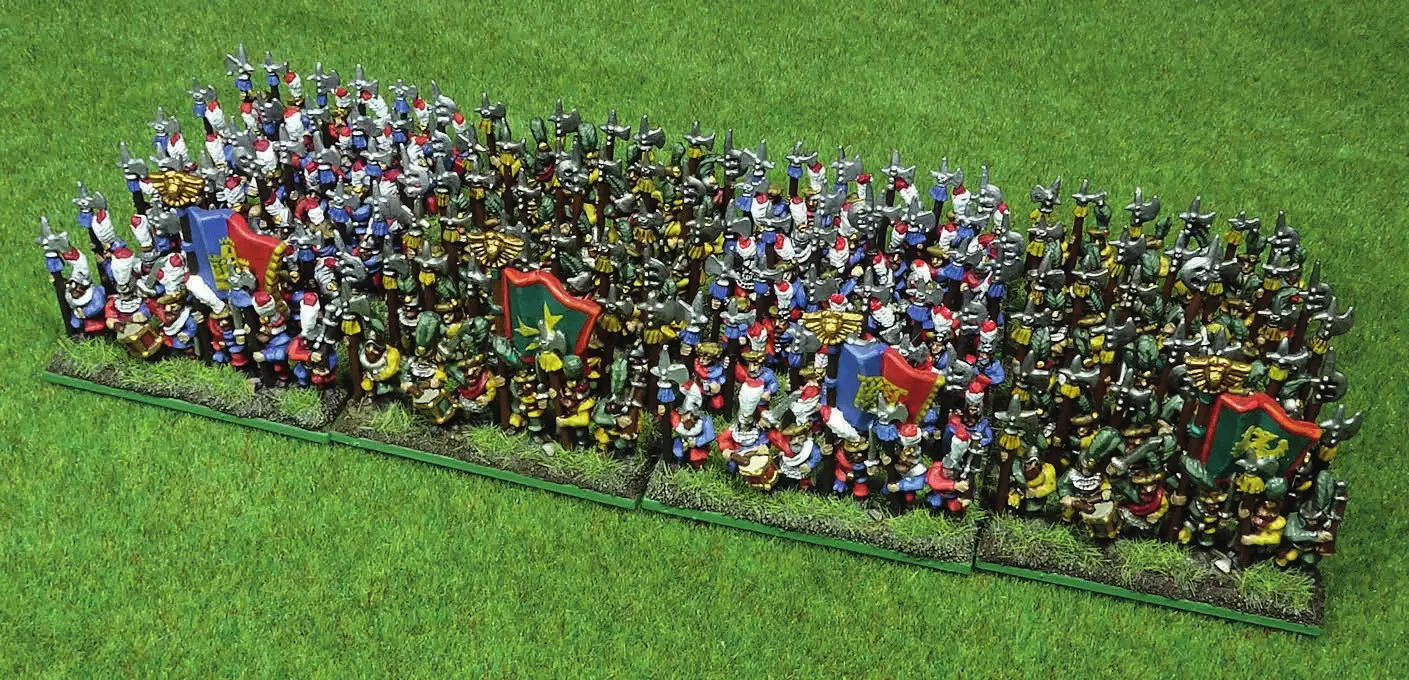Phase d’Ordres & Initiative
Les unités et les personnages sont majoritairement déplacées lors de la phase d’Ordres. Une unité a généralement besoin d’ordres avant de se déplacer, mais si l’ennemi est très proche, elle peut réagir directement à sa présence. Sinon, tant qu’une unité ne reçoit pas d’ordre, elle reste là où elle est et attend des instructions. Les personnages peuvent se déplacer une fois tous les mouvements des unités terminés.
La phase d’Ordres se déroule suivant la liste de sous-phases suivante. Parmi celles-ci, la sous-phase Revenir s’applique uniquement aux unités volantes et n’est donc pas abordée en détail dans cette section. Voir Flying Units.
-
Les unités font leur mouvement par initiative.
-
Les unités volantes reviennent.
-
Les ordres sont donnés aux unités à déplacer.
-
Les personnages sont déplacés.
Une unité ne peut pas se déplacer par initiative et par ordre au cours du même tour. Si une unité se déplace par initiative lors de la sous-phase d’Initiative, elle ne peut pas recevoir d’ordres lors de la sous-phase d’Ordres.
Notez que toutes les unités se déplaçant par initiative doivent être déplacées avant que le moindre ordre ait été donné. Une fois qu’un personnage a donné un ordre, la sous-phase des Ordres commence et aucune unité ne peut plus se déplacer par initiative.
Les distances parcourues par chaque type d’unité varient et sont indiquées dans la section Mouvement.
Mouvement par initiative
La règle d’Initiative représente la capacité du commandant d’une unité à mener ses troupes à l’attaque ou à les éloigner du danger. Une fois l’ennemi proche, l’entraînement et l’instinct du régiment déterminent en grande partie la suite des événements, quelles que soient les préférences du général.
During the Initiative sub-phase, a unit can use its own initiative to either charge or evade from the closest visible enemy unit within 20cm (see Visibility on the battlefield). A unit does not have to use its initiative, it can instead wait until the Orders sub-phase and attempt to move by means of an order. The choice is the player’s in most cases; exceptions are covered in the army lists.
A unit can only react to the closest visible enemy unit and not other units even if they are within 20cm and visible. If two or more enemy units are equally close and both are visible, the player can choose which unit to react to.
A unit moving by initiative can move in one of two ways. It can either charge the enemy unit it is reacting to, assuming it is able to do so, or it can evade from the enemy unit it is reacting to. Charging will bring the opposing units into close combat whilst evading is a deliberate move to avoid the enemy.
If you want a unit to do something else, such as move around a flank or attack an enemy other than the closest, then you will have to issue an order instead.
Some units can see all round – they have 360 degree vision – and you will find this indicated in the unit’s description (for example, Wolf Riders in the Orc army). This can enable such a unit to use its initiative to evade from an enemy positioned to its side or rear. However, note that even a unit that can see all round cannot charge an enemy unless a line of sight can be drawn from a stand’s front edge.
Artillery cannot use their initiative to charge, although they can use it to evade. The crews of artillery, such as cannons or stone throwers have no natural inclination and little ability to fight in close combat.
Enemy infantry or artillery in fortified positions can be ignored when it comes to using initiative – these units are considered either unable to move or unlikely to do so. A player can choose to ignore such enemy units if he wishes, in which case his own unit can use initiative to charge or evade the closest non-fortified enemy within 20cm.
A unit can also ignore the presence of enemy units if they are divided by a mutually impassable barrier so long as neither the unit itself nor the enemy unit(s) can move round the barrier within a full pace move. For example, cavalry cannot cross rivers, so two cavalry units divided by a river can ignore each other for purposes of initiative. A player can choose to ignore such enemy units if he wishes, in which case his own unit can use initiative to charge or evade the closest visible enemy unit within 20cm that is not divided by the impassable barrier.
In certain circumstances, a charging unit can carry a supporting unit with it. This is an exception in that it allows the supporting unit to effectively move by initiative even though it is neither charging nor evading. See Supporting charges.
Sequence of movement
During the Initiative sub-phase, units move one at a time in any sequence the player wishes. Initiative is determined as each unit begins its move and not at the beginning of the sub-phase.
Note that because units move one at a time, it is possible for one unit’s move to block the line of sight of another so that it is subsequently unable to use initiative. It is also possible for one unit’s move to block a unit’s line of sight to one or more enemies, therefore affecting which enemy unit is both closest and visible. On the other hand, it is equally possible for a unit’s move to open a new line of sight for another so that this second unit is now able to use initiative where before it could not. These are all things for inexperienced players to be wary of. See Figure 1 and Figure 2.
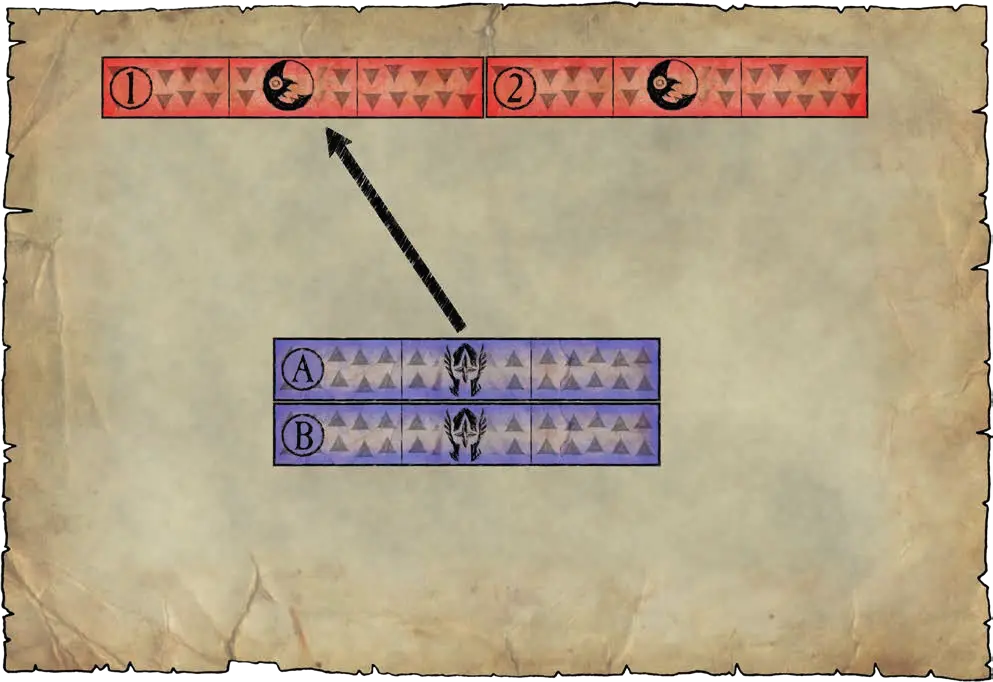

Ordres
Issuing orders is one of the most important features of Warmaster. Only characters can issue orders – this is their primary function in the game. This represents the process of relaying instructions by messenger, or a local commander’s interpretation of orders either given by signal or arranged before the battle.
An order must be issued to a unit to enable it to move in the Orders sub-phase. Once a unit has been given an order, it is moved and can be given a further order and moved again, up to a maximum of three times in total. This process is described in detail in the rules that follow.
Donner un ordre
The player first nominates a unit that he wishes to move and indicates the character that will give the necessary order. He must then take a dice test to determine if the order is received and acted upon. This works in the following way:
Roll 2D6 (i.e., roll two dice and add the results to get a score of between 2 and 12). If the score is equal to or less than the character’s Command value then the unit has received its order and can move full pace (see Movement for distances). If the score is more than the character’s Command value then the unit has not received its order. If this is the unit’s first order then it can move only half pace. This represents unit’s commanders being able to act on their own to some limited extent.
Order sequence
Once a character has begun to issue orders, he must finish issuing all of his orders before another character can start to do so. It is not permitted for a character to issue an order, then a different character to issue one, then the first character again.
Once a character has failed to give an order, he cannot issue any more orders in that Command phase. Once the General has failed to give an order, no further orders can be issued by any other characters in that Command phase even if they have not done so already. The character has run out of time, the distance between him and the unit he is issuing orders to is too great for his signals to be discerned, or the message may have been lost or confused (perhaps the messenger has been caught up in nearby enemy action and killed).
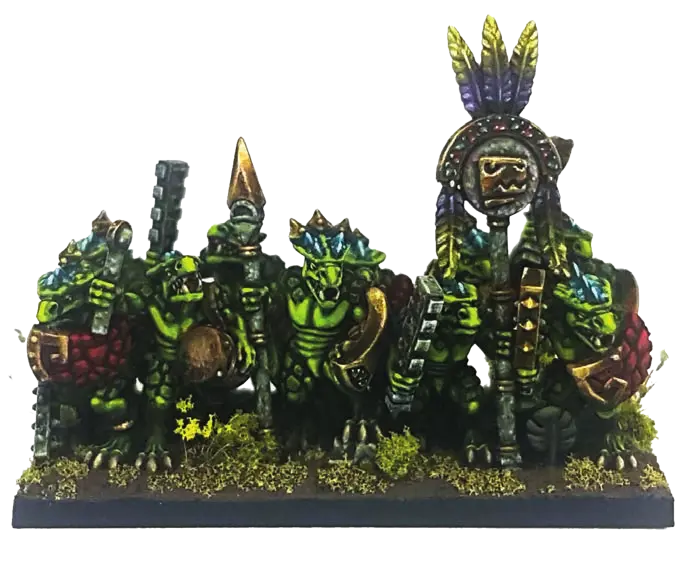
Giving further orders
When a unit is given an order, it moves to a new position. Usually this enables the unit to move 20cm if it is infantry or 30cm if cavalry, but some troops move at different speeds as we shall see later.
Once a unit has moved, the character can give it a further order to move again or he can attempt to give an order to a different unit. However, he is not permitted to go back to a previously moved unit once he has moved another unit. Nor is a different character permitted to give a unit an order if that unit has already been given an order that turn, even if the order was failed. This is an important rule so it is worth remembering right from the start. If you want to move a unit several times, the character must finish ordering it to move completely before he can try to issue an order to a different unit. Note that a unit can be given up to a maximum of three orders in succession. A unit failing to receive a further order cannot move at all.
The player continues issuing orders and moving his units until he no longer wishes to move or until he can issue no more orders. It is possible to fail to issue any orders at all during a Command phase, although this happens rarely. More commonly, a player might manage to move only one or two units before a dice roll ends movement. This represents the confusion of battle, the indecisiveness of unit leaders, occasional stupidity and all those other annoying things that bedevil the process of waging war.
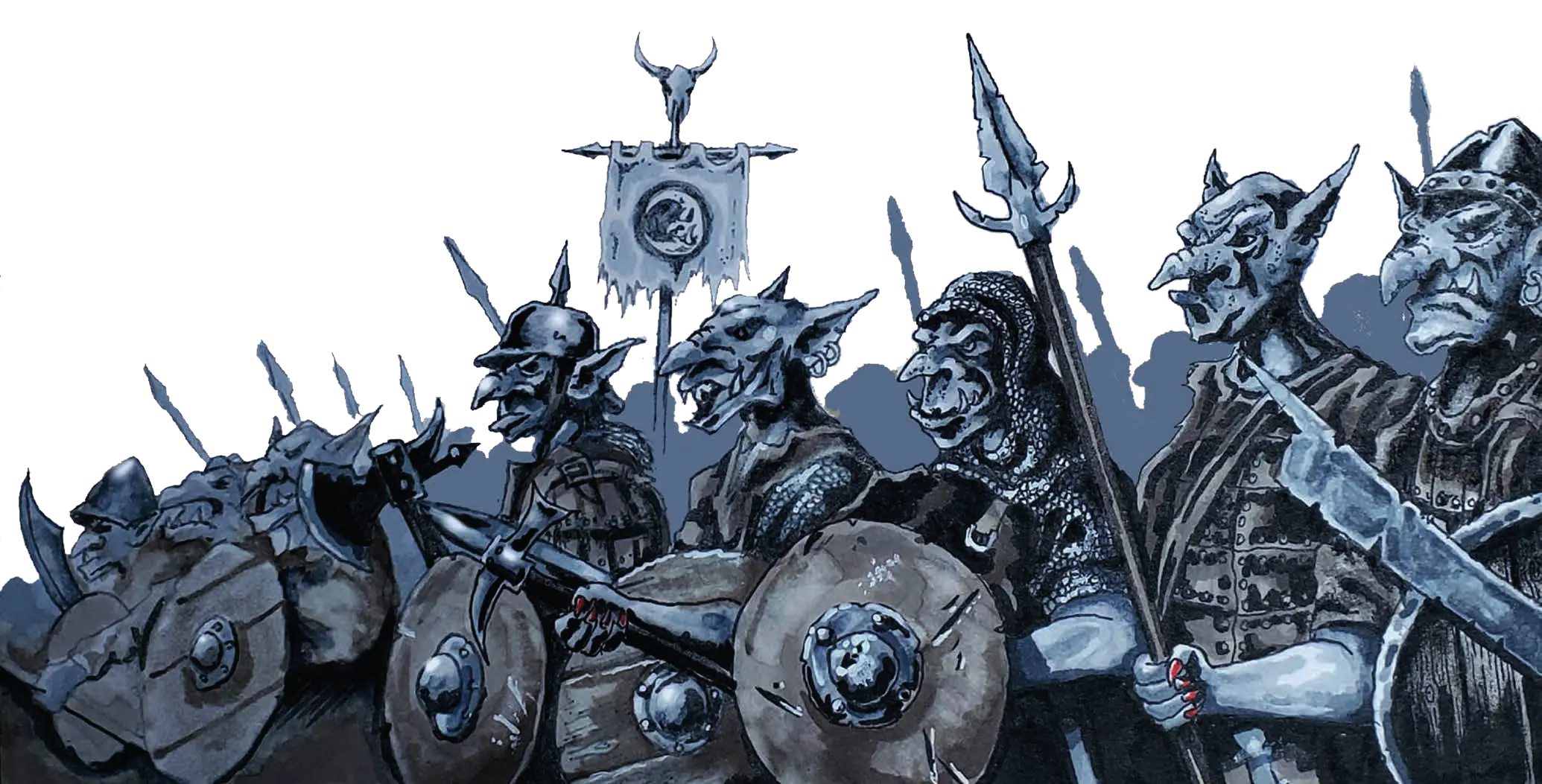
Malus de Commandement
Circumstances can sometimes make it harder to issue an order. For example, a unit might be a far distant speck on the horizon or it might be obscured within dense terrain. All of these things make it harder for the character to identify what is going on and less likely that an effective order will be formulated or received. To represent this, we apply the following penalties:
Distance
If the distance between the character and the unit you wish to move is more than 20cm, the character suffers a Command penalty of −1 per full 20cm of distance. When measuring distances between characters and units in this way, measure the shortest distance between them.
| Distance to Unit | Command Penalty |
|---|---|
Up to 20cm |
none |
Up to 40cm |
−1 |
Up to 60cm |
−2 |
Up to 80cm |
−3 |
per +20cm |
minus a further 1 |
Multiple orders
If a unit has already been issued an order during the Command phase then there is a Command penalty of −1 each time the character gives it a further order. This accounts for fatigue and the limits of time, so a unit which has already moved several times is harder to move again. This penalty is cumulative, so a unit’s second order is at −1, its third order is at −2.
| Order | Command Penalty |
|---|---|
First |
none |
Second |
−1 |
Third |
−2 |
Enemy close
If the distance between the unit you wish to move and the closest enemy unit is 20cm or less, there is a Command penalty of −1. Units close to the enemy are naturally inclined to use their initiative to react, so it is harder to give them a specific order. This penalty applies even if the unit is not visible (after all if you can’t see it, how do you know it isn’t there?).
| Closest Enemy | Command Penalty |
|---|---|
Up to 20cm |
−1 |
More than 20cm |
none |
Dense terrain
If the unit you want to move is in dense terrain then there is a Command penalty of −1. The penalty applies if at least one stand is even partially within dense terrain. Typical dense terrain features are woods, in and around buildings, ruins and similar. See the Movement section for more about dense terrain.
| Dense Terrain | Command Penalty |
|---|---|
Within feature |
−1 |
Pertes
If the unit has lost one or more stands as casualties then there is a Command penalty of −1 per stand lost. Units which have suffered casualties are harder to motivate than fresh units.
| Casualties | Command Penalty |
|---|---|
Each Stand |
−1 |
The General has a Command value of 9. He has already moved his cavalry forward once. Now he wishes to move them again, hoping to capture a hill that lies on the enemy’s flank. The cavalry are 65cm away and have already moved once, which means a whopping −4 Command penalty (−3 for distance and −1 for the second move). The player will have to roll 5 or less to give the unit an order. He knows this is unlikely but decides to take the risk anyway as he considers the hill an important objective. He rolls 2D6 and scores 4… success! The player moves the cavalry into their new position.
Next, he attempts to give orders to a unit of infantry 10cm away# (no penalty) and within a wood (−1 dense terrain penalty). Although he only needs 8 or less, this time he is unlucky and rolls a 10. The unit does not move – the General has failed an order so the Orders sub-phase comes to an end.
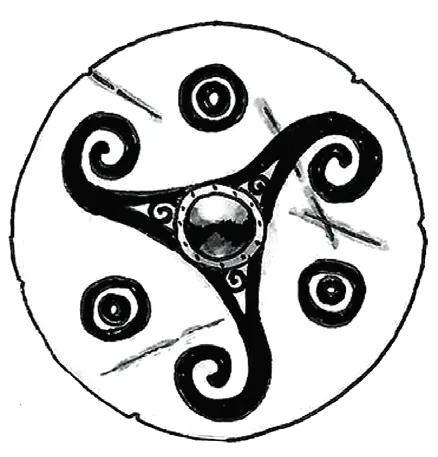
Charge!
A move which brings a unit into contact with the enemy is called a charge. A charge does not imply that the unit concerned covers the whole distance at a mad gallop but, nonetheless, we will use this word as a convenient and dramatic term to describe a move into confrontation. Units that failed to receive an order cannot charge.
Once it has charged, a unit cannot receive any further orders that turn. It is committed to battle and must fight in the ensuing Combat phase. See the Combat phase section for further explanation.
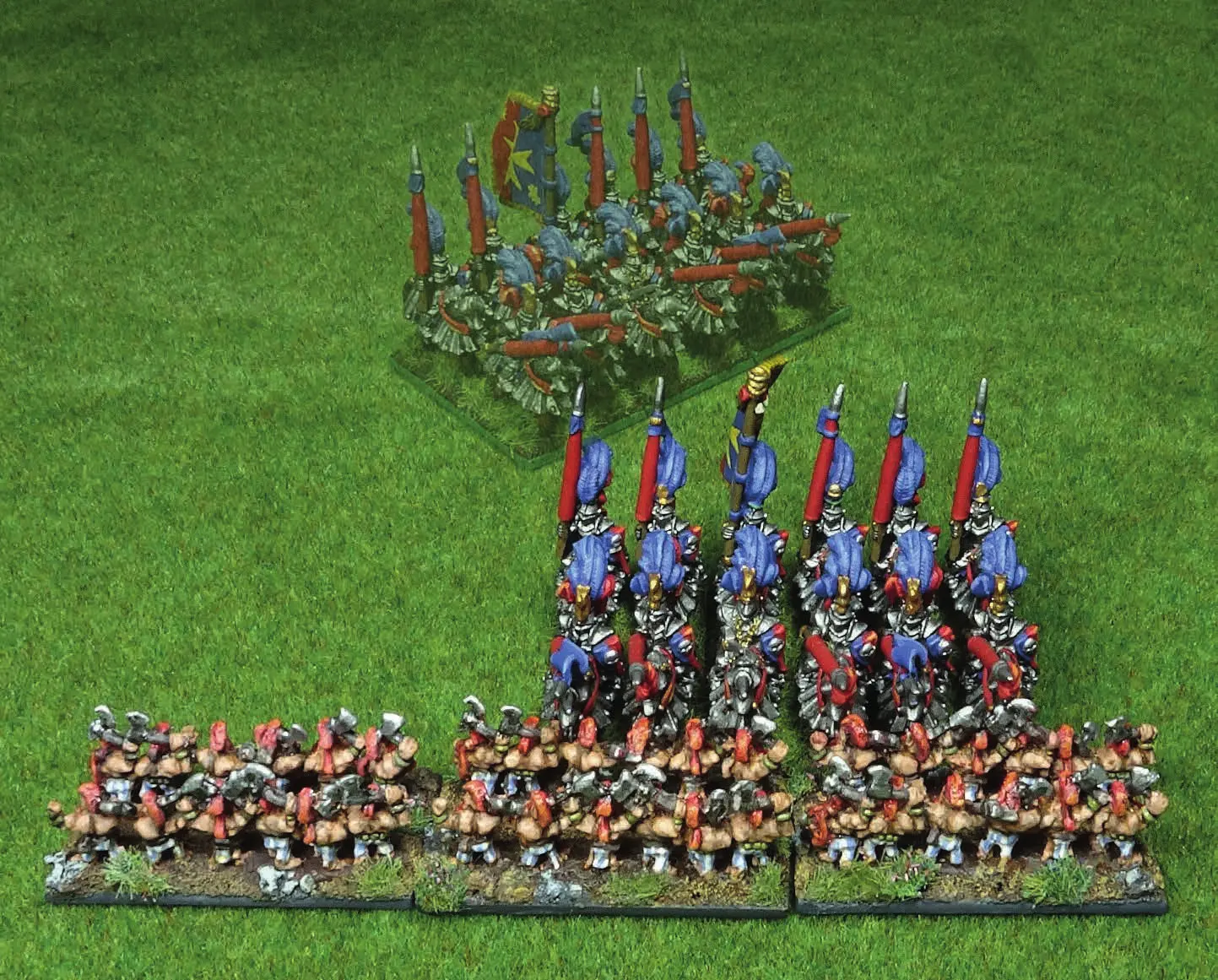
Mouvement des personnages
Characters move at the end of the Command phase after unit movement has been completed. Characters never move with units during the Command phase, not even if a character joined a unit in a previous turn or if such a unit charges or evades using initiative. When units are repositioned during other phases, during pursuit combat for example, characters which have joined units are moved with them.
Each character can move once and up to 60cm, or 100cm if flying. Characters can always move at full pace and, unless mounted on a monstrous mount or riding a chariot, always treat terrain as if they were infantry. No Command test is required for a character to move. Any failed Order rolls made in the Command phase do not affect his ability to move.
Due to their unique role in Warmaster, characters are treated differently to other types of units. Character stands are essentially ‘tokens’ that are considered to be ‘transparent’ on the battlefield. In other words, this means they can move through units from their own side, and similarly, a unit can move through its own side’s characters. All stands from either side can see past and, if they are appropriately armed, can shoot through characters as if they were not there.
See the Generals, Wizards and Heroes section.
Ordres des Brigades
In order to save time, it is permitted for an order to be issued to up to four adjacent units simultaneously. This means that fewer tests need to be taken to issue orders to the entire army and ensures that units move at the same time, maintaining a coherent battle plan. If you find this a bit confusing, don’t worry. You can safely ignore the Brigade rules for your first few games. Later on, once you’ve got the hang of other aspects of the game, you can have a go at giving orders in this way.
A brigade consists of up to four units arranged so that they touch, forming a single body. Units comprising a brigade at the start of the ordered movement part of the Command phase can be given a single order and are moved together as a body. Once it has moved, the brigade can be given further orders if required, potentially moving several times in just the same way as individual units.
Bear in mind that it is not obligatory to move units as a brigade simply because they happen to be touching at the start of the Command phase. A brigade is not a formal division of the army but a convenient ad hoc formation that can be changed from one turn to the next. Units formed up together can be given separate orders if you prefer, or two or three units can be divided from a larger formation and treated as a completely separate brigade. It is really up to you whether you choose to move touching units as a brigade or not.
To give orders to a brigade, measure to the most distant unit in the brigade and apply the appropriate distance penalty. Also apply the −1 penalty if any units in the brigade are within 20cm of the enemy, in dense terrain, if the brigade has moved before or if any units have lost casualties. Don’t apply any penalties more than once (if two units are in dense terrain for example) and in the case of casualties apply the penalty for the unit which has lost the most stands. If your test is successful, then all the units have received an order, if the test is failed, all the units have failed to receive an order and the whole brigade moves at half pace or doesn’t move further depending on whether it is a first or subsequent order (see Giving an order).
Assuming an order is successfully issued, the brigade can move. Except when units wish to charge, brigades move as a body, with each unit remaining in touch with the brigade as a whole.
Individual units in the brigade can change their relative positions but must still form a brigade once its move is complete. Individual units in the brigade can change formation as they move. No stand in any unit in the brigade may move further than its permitted move distance.
Conceivably, some units in a brigade might wish to charge the enemy whilst others do not, as shown in the following diagrams. Any units in a brigade that wish to charge do not have to remain in touch with the rest of the brigade as a whole. Even though a single brigade order has been issued, individual units can always charge. They do so individually, one at a time, exactly as if they had been issued separate orders. Units which do not charge still have to end their move touching.
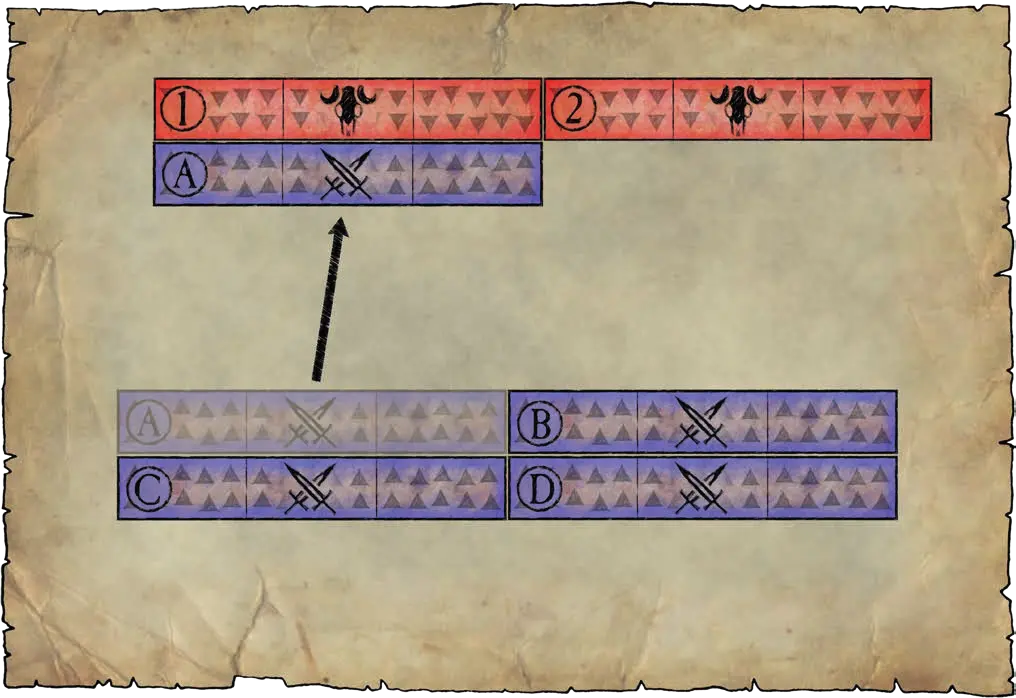
Further brigade orders
Once a brigade has moved, the player may not want to move the whole brigade again but might wish to move an individual unit or subset of touching units. Alternatively, he may wish to divide the brigade into two and move it in two different directions. To do this, the player must issue a separate order to each unit or sub-brigade. The individual units or sub-sets will carry over any Command penalty for a second or subsequent move.
Once a brigade has moved, the player must finish moving all the units in the original brigade before he moves other units. If he divides a brigade into two (say A and B), he must complete the movement of each subset in turn before moving anything else (so he must finish moving group A, then group B and then he can move other units in the army).
Brigades cannot use initiative as a body. Units using initiative must be moved at the start of the Command phase in the usual way.
During a battle, units may be moved into touch to form a new brigade. However, a brigade cannot be formed and subsequently moved in the same Command phase. Units must be in a brigade at the start of the Orders sub-phase to move as a brigade. This means it is necessary to arrange units so that they touch in one turn if they are to be given a brigade order in the next.
